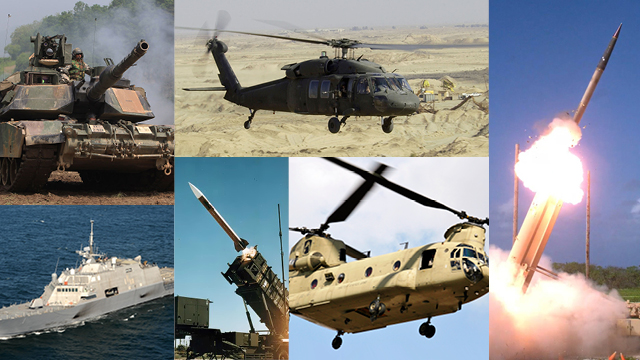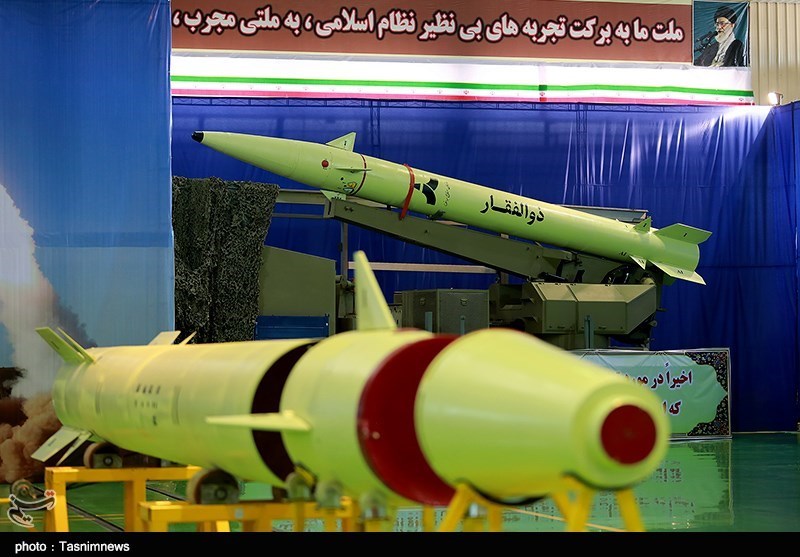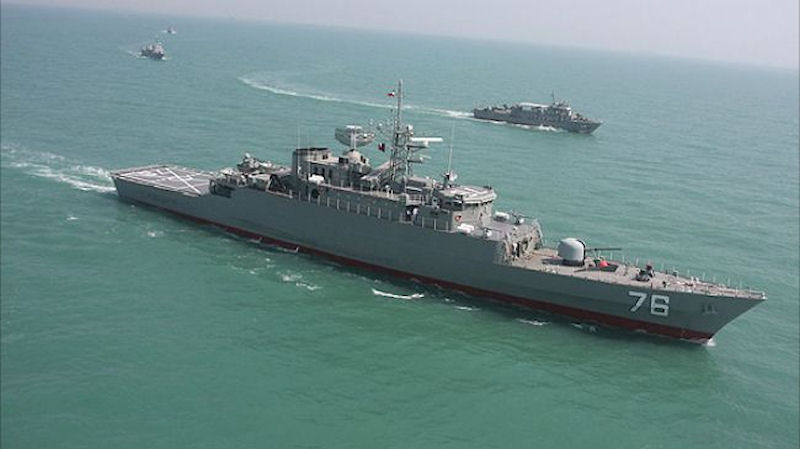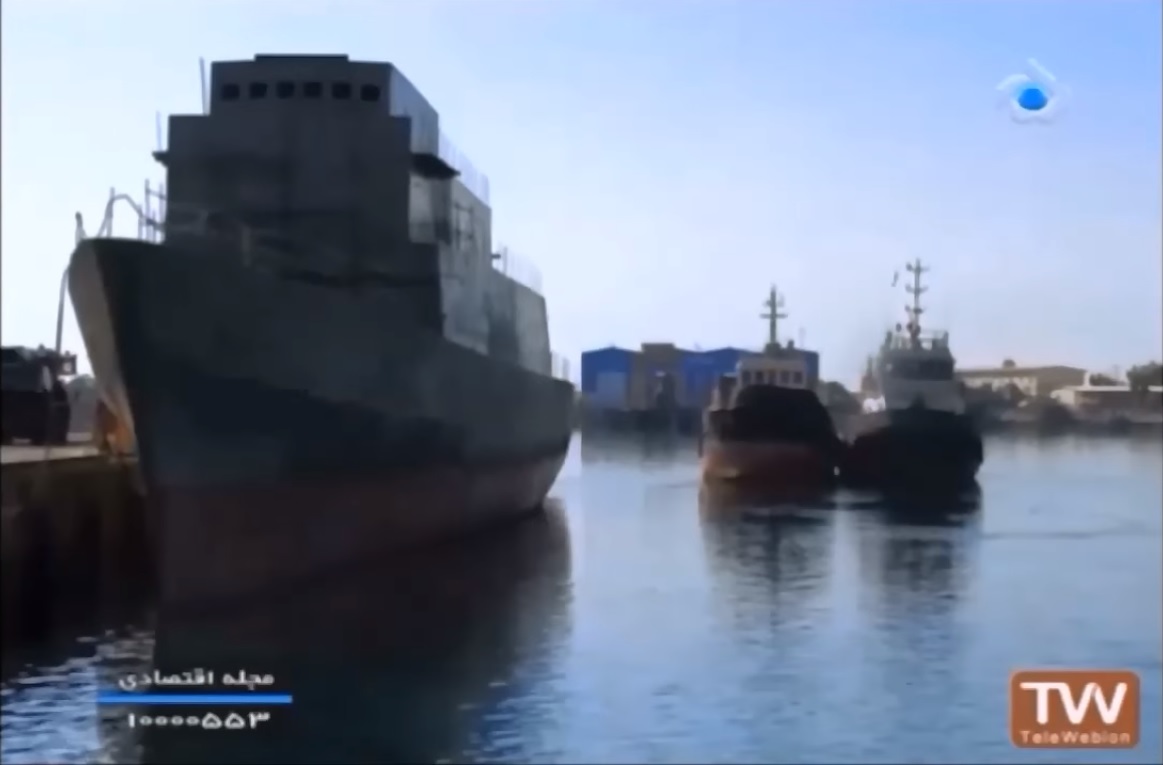AmirPatriot
SENIOR MEMBER

- Joined
- Dec 13, 2015
- Messages
- 4,156
- Reaction score
- 7
- Country
- Location
If the dear readers would first like to see the status of Saudi Arabia's military, when all orders are fulfilled, Saudi will have a total of:
Army
710 M1A2
450 M60A3
400 M2 Bradley
Over 100 AH-64 Apache
Some 200 MH-60 Black Hawk
Nearly 100 CH-47 Chinook
Navy
3 La Fayette Class frigates (~4700 tons)
4 Al Riyadh class (~2600 tons)
4 Badr Class (~1000 tons)
4 Littoral Combat Ship
48 German patrol boats
Maybe 5+ German submarines
Unknown no. of P-8 maritime patrol aircraft
Air force
232 F-15SA
70 F-15C/D
72 Eurofighter Typhoon
80 upgraded Tornado
13 E-3 AWACS
6 A330 Refuellers
Air Defence
Lots of Patriot PAC-2 and PAC-3
THAAD
(This list also includes equipment not on order and fully delivered, just to provide an overview of KSA's most important military assets)
Clearly a substantial arsenal.
And looking at Saudi's regional adversaries, we have Syria, Iraq (to an extent, they haven't gone openly hostile), Yemen, and Iran.
Clearly, one does not buy an exo-atmospheric ABM like the THAAD to shoot down scuds.
Nor does one need 302 F-15s to fight sandal-wearing Houthis. I mean, more air support is never that much, but you can't say you need that much.
It is clear the only adversary the Saudis have in mind when they are spending $110 billion on arms in one go is Iran.

It is estimated Saudi will fully acquire these capabilities in the next 10 years or so. Coupling these offensive capabilities with a new, aggressive "defence" "minister" (lets just call him MbS from now, it's easier), who is poised to maintain a powerful position in the Saudi family, means that it is likely there will be some sort of confrontation between Saudi and Iran in the future. I think everyone agrees that detente looks highly unlikely at the moment, and personally I'm going to say to hell with it, they started this IMO, we have no reason to look for detente even if we may accept it if it is offered. But that's my opinion. Note, I am assuming this will be initiated by the Saudi side, as Iran's military posture is defensive.
So how can Iran's military be equipped to combat this sustained arms buying spree?
Well, technologically speaking, Iran is advancing in 4 out of 5 relevant fields, and these fields look to be advancing at a rate that can meet threats in the next 10 years (thread will be updated)
1. Missiles. Iran has moved away from increasing missile range to increasing missile lethality and operation. Whereas in the 90s Iran had relatively inaccurate liquid fueled missiles, which were slow to launch, relatively easy to intercept, and poor at hitting their targets, Iran now has a focus on accuracy and avoiding ABMs.

Zolfaqar
Now, tactical Iranian missiles like the Zolfaqar, and a re-entry vehicle called the Emad (that looks to be able to be retrofitted to all Iranian MRBMs), can evade exo-atmospheric and endo-atmospheric ABMs respectively. Please read @PeeD's excellent technical analysis for an explanation of how and why here, here, and here.
This, in a nutshell, means Iranian missiles can be used to evade THAAD and PAC-3 by complementing each others trajectories.

Emad
There's also the established Khalije Fars AShBM, the first operational Anti-Ship Ballistic Missile in the world. To my knowledge Saudi ships have no defence against this.


2. Army. This will be brief because there is unlikely to be a land confrontation between Iran and basically any state in the region, let alone Saudi. Iran's armoured forces are improving with the Karrar set to be mass manufactured. This knowledge of armour technology can help advance Iran's other armoured forces. The Army is also looking at a new "future soldier program", with new Iranian Assault rifles and armoured vests.
Another one of the Army's programs are a series of utility and attack helicopters.
3. Navy. The Navy is contructing another 5 Moudge class frigates in the Persian Gulf right now, in addition to the one already built. This would bring Iran's PG frigate strength to 9. It is worth noting, that the Moudge design is evolving. It now looks like this:

Sahand, the stealthy next one looks like this:

Shiraz, after that, looks different again!

Much taller!
Iran is also planning to make a 6500-7500 ton destroyer, the Persian Gulf class. Note: Iran has VLS and AESA tech.

Iran is rolling out the new Fateh class submarine:

4. Air Defence
10 years ago we were begging the Russians for the S-300PMU1.
9 years after that, we have the Bavar-373, with AESA radars and a range double the S-300PMU1. Our progress in this field has been outstanding and I'm really confident for the next 10 years if this has been the previous.


View attachment 398404
And our medium range missiles have advanced into the Talash system and other systems.

Sayyad-2 missile for Talash system

Tabas missile system
5. Of course, Iran's Air Force is in need of serious re-organisation. UNSC 2231 which keeps arms sanctions until 18th October 2020, another 3 years and 5 months from time of writing (@BlueInGreen2). In this time Iran can either choose to pursue Russian or Chinese jets, or develop its own. As of yet we do not have enough information to determine what path Iran will take.
But what is certain is that Iran must improve all 5 fields faster. Iran has the tech for most areas. It must now increase the military budget to mass produce these new technologies to face the threats over the horizon. The Iranian military needs a long overdue equipment update anyway. Increased economic prosperity should improve the government's ability to increase the budget in a sane and sustainable manner, unlike other regional countries I could mention.
Army
710 M1A2
450 M60A3
400 M2 Bradley
Over 100 AH-64 Apache
Some 200 MH-60 Black Hawk
Nearly 100 CH-47 Chinook
Navy
3 La Fayette Class frigates (~4700 tons)
4 Al Riyadh class (~2600 tons)
4 Badr Class (~1000 tons)
4 Littoral Combat Ship
48 German patrol boats
Maybe 5+ German submarines
Unknown no. of P-8 maritime patrol aircraft
Air force
232 F-15SA
70 F-15C/D
72 Eurofighter Typhoon
80 upgraded Tornado
13 E-3 AWACS
6 A330 Refuellers
Air Defence
Lots of Patriot PAC-2 and PAC-3
THAAD
(This list also includes equipment not on order and fully delivered, just to provide an overview of KSA's most important military assets)
Clearly a substantial arsenal.
And looking at Saudi's regional adversaries, we have Syria, Iraq (to an extent, they haven't gone openly hostile), Yemen, and Iran.
Clearly, one does not buy an exo-atmospheric ABM like the THAAD to shoot down scuds.
Nor does one need 302 F-15s to fight sandal-wearing Houthis. I mean, more air support is never that much, but you can't say you need that much.
It is clear the only adversary the Saudis have in mind when they are spending $110 billion on arms in one go is Iran.

It is estimated Saudi will fully acquire these capabilities in the next 10 years or so. Coupling these offensive capabilities with a new, aggressive "defence" "minister" (lets just call him MbS from now, it's easier), who is poised to maintain a powerful position in the Saudi family, means that it is likely there will be some sort of confrontation between Saudi and Iran in the future. I think everyone agrees that detente looks highly unlikely at the moment, and personally I'm going to say to hell with it, they started this IMO, we have no reason to look for detente even if we may accept it if it is offered. But that's my opinion. Note, I am assuming this will be initiated by the Saudi side, as Iran's military posture is defensive.
So how can Iran's military be equipped to combat this sustained arms buying spree?
Well, technologically speaking, Iran is advancing in 4 out of 5 relevant fields, and these fields look to be advancing at a rate that can meet threats in the next 10 years (thread will be updated)
1. Missiles. Iran has moved away from increasing missile range to increasing missile lethality and operation. Whereas in the 90s Iran had relatively inaccurate liquid fueled missiles, which were slow to launch, relatively easy to intercept, and poor at hitting their targets, Iran now has a focus on accuracy and avoiding ABMs.

Zolfaqar
Now, tactical Iranian missiles like the Zolfaqar, and a re-entry vehicle called the Emad (that looks to be able to be retrofitted to all Iranian MRBMs), can evade exo-atmospheric and endo-atmospheric ABMs respectively. Please read @PeeD's excellent technical analysis for an explanation of how and why here, here, and here.
This, in a nutshell, means Iranian missiles can be used to evade THAAD and PAC-3 by complementing each others trajectories.

Emad
There's also the established Khalije Fars AShBM, the first operational Anti-Ship Ballistic Missile in the world. To my knowledge Saudi ships have no defence against this.

2. Army. This will be brief because there is unlikely to be a land confrontation between Iran and basically any state in the region, let alone Saudi. Iran's armoured forces are improving with the Karrar set to be mass manufactured. This knowledge of armour technology can help advance Iran's other armoured forces. The Army is also looking at a new "future soldier program", with new Iranian Assault rifles and armoured vests.
Another one of the Army's programs are a series of utility and attack helicopters.
3. Navy. The Navy is contructing another 5 Moudge class frigates in the Persian Gulf right now, in addition to the one already built. This would bring Iran's PG frigate strength to 9. It is worth noting, that the Moudge design is evolving. It now looks like this:

Sahand, the stealthy next one looks like this:

Shiraz, after that, looks different again!

Much taller!
Iran is also planning to make a 6500-7500 ton destroyer, the Persian Gulf class. Note: Iran has VLS and AESA tech.
Iran is rolling out the new Fateh class submarine:

4. Air Defence
10 years ago we were begging the Russians for the S-300PMU1.
9 years after that, we have the Bavar-373, with AESA radars and a range double the S-300PMU1. Our progress in this field has been outstanding and I'm really confident for the next 10 years if this has been the previous.

View attachment 398404
And our medium range missiles have advanced into the Talash system and other systems.

Sayyad-2 missile for Talash system

Tabas missile system
5. Of course, Iran's Air Force is in need of serious re-organisation. UNSC 2231 which keeps arms sanctions until 18th October 2020, another 3 years and 5 months from time of writing (@BlueInGreen2). In this time Iran can either choose to pursue Russian or Chinese jets, or develop its own. As of yet we do not have enough information to determine what path Iran will take.
But what is certain is that Iran must improve all 5 fields faster. Iran has the tech for most areas. It must now increase the military budget to mass produce these new technologies to face the threats over the horizon. The Iranian military needs a long overdue equipment update anyway. Increased economic prosperity should improve the government's ability to increase the budget in a sane and sustainable manner, unlike other regional countries I could mention.
Last edited:









